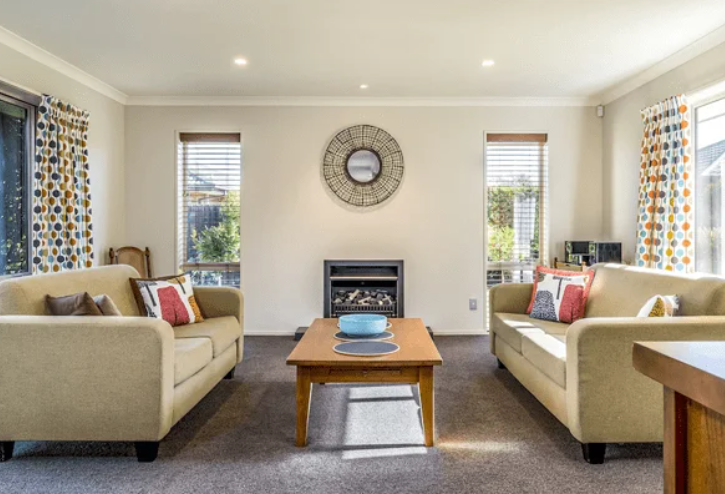Here are some valuable insights on gib stopping, also known as skim coating or plastering, a technique used to achieve walls and ceilings. Precision and expertise are key to mastering this craft. In this article, we will share tips from craftsmen to help enhance your gib-stopping skills, whether you’re a DIY enthusiast or a professional painter.

1. Adequate Preparation
Before embarking on any project for gib stopping in Auckland, it’s crucial to prepare the surfaces. Begin by smoothing spots and removing any paint or debris from the walls and ceilings. This initial step ensures the adhesion of the gib compound for a finish.
2. Utilize Quality Tools
Invest in high-quality tools, as they play a vital role in the outcome of your work. A stainless steel taping knife with a handle is essential for applying the compound. Additionally, make use of scrapers, sandpapers of varying grits and pole handles for hard-to-reach spots. These tools not only streamline your work but also contribute to superior results.
3. Mix Gib Compound Consistently
Mixing the compound to the consistency is key to achieving good results. Follow the manufacturer’s guidelines for ratios. Generally, aim for an easily spreadable texture that holds its shape when applied without excessive dripping.
4. Apply Compound in Thin Layers
When applying compound, it’s best to do it in layers rather than trying to get everything perfect in one shot. This helps reduce shrinkage. Gives you control over the process. Smoothly apply each layer, feathering at the edges to blend with existing surfaces.
5. Utilise Feathering Techniques
Experienced craftsmen often use feathering techniques to create a transition between the area and the surrounding surface. By tapering the compound at the edges during application, any imperfections become nearly undetectable after sanding and painting. This method eliminates edges or lumps from blending.
6. Sanding for a Flawless Finish
Sanding plays a huge role in achieving a smooth finish when you are gib-stopping. Use sandpaper with grits, starting with coarser ones to eliminate imperfections and then moving on to finer grits for smoothing. Remember to wipe off any dust particles from the walls between the sanding stages.
7. Mindful Maintenance of Tools
Cleaning your tools after each use is essential for keeping them in condition and ensuring performance. Rinse off any compound from taping knives, scrapers, and sanding blocks with water, then allow them to air dry completely. Regular cleaning prevents dried residue from affecting overall applications.
8. Primer Application Steps
Before starting a painting project, applying primer serves not only to improve the look but also to increase the durability of the paint job. Use a primer that enhances adhesion and smooths out any imperfections left behind after finishing.
9. Don’t Hesitate to Seek Advice
In tough situations or when dealing with gib-stopping techniques, seeking guidance from experienced professionals or watching tutorials for valuable insights is always wise. Their expertise can offer solutions based on years of practice that may save you time and energy.
10. Selecting the Right Compound
Choosing the gib compound plays a significant role in achieving successful results in your gib-stopping endeavour. Consider aspects like surface type, application technique, drying duration and ease of sanding when picking the compound. Seeking advice from craftsmen or consulting professionals at your hardware store can ensure you opt for the most fitting product for your specific requirements.
In summary
Mastering gib-stopping is a process that demands expertise, perseverance and careful attention. By embracing the advice professionals offer, you can enhance your gib-stopping skills and produce top-notch results effortlessly.
Remember to kick things off with preparation, invest in quality tools, maintain consistency in your compound mixing and apply coats while employing feathering techniques for seamless integration.
Ensure sanding to achieve a flawless outcome before moving on to priming and painting.
You can excel in gib-stopping and consistently deliver outcomes by heeding these expert insights and seeking guidance when necessary.




